Four New Models to Join SUPER GT Lineup for 2006

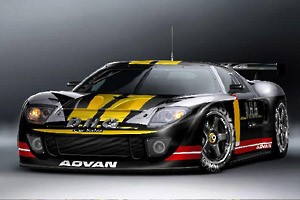
After a highly successful inaugural season in 2005, SUPER GT is set to expand its already enviable model lineup with four new cars from four makes preparing to contest the series in 2006.
Adding to the strong international presence in SUPER GT, the Maserati, Lexus, Ford and Mooncraft names will all be present when the 2006 season kicks off in mid-March.
SUPER GT is well known among motorsport enthusiasts for having a huge variety of machinery contesting its rules. Last season no fewer than 14 manufacturers were represented, with a total of 20 different models battling in the two classes as up to 46 cars took part in events.
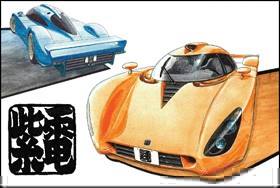
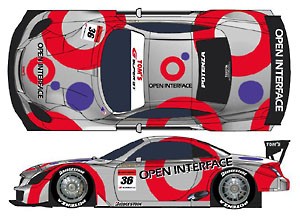
The addition of these new cars in 2006 brings iconic names from abroad as well as at home to the SUPER GT stable. At the top of the list, the Maserati MC12 will be a focal point of interest for fans - and will be closely watched by the rival teams in the GT500 class where the Italian supercar is competing.
Also in GT500 - and bound to be strong right out of the box, is the Lexus SC430. Four examples of the car will run alongside an equal number of SUPRA entries, spearheading the attack from Toyota. The SC430 is the company's flagship sports car from their Lexus brand, and as such, it will be a very determined effort from Toyota for success.
In GT300, another iconic name will take to the track in the form of the Ford GT. Based on the recently-released model of the same name, the car is a throwback to what many consider the golden era of endurance racing, the 1960s. It was in this period that variants of the original Ford GT40 took an all-conquering four consecutive wins of the Le Mans 24 Hours - from 1966 to 1969. A privately-entered GT300 example will contest next year's SUPER GT.
Also in GT300, the Mooncraft designed and engineered Shiden will make its debut as the series gets underway on March 18th at Suzuka Circuit. Highly-respected as a Japanese constructor, the firm is making a return to the racetrack after a long time away. This new chapter in the company's history is being met with a great deal of enthusiasm, and results on track will be observed with acute interest.
Maserati MC12
The car has caused quite a stir since it came on the international racing scene in 2004. Immediately banned by the A.C.O. (l'Automobile Club de l'Ouest - organizers of the Le Mans 24 Hours) for not conforming to their homologation rules, fans' disappointment was somewhat soothed when it was welcomed into the F.I.A. GT series. After knocking on the door on a couple of occasions, the car took two victories toward the close of the season. In 2005, four examples of the car competed in the FIA GT, battling for the title right up to the finale. Examples have also raced in the ALMS (American Le Mans Series), though under A.C.O. rules are not eligible to score points.
With a Carbon Composite chassis supporting a 65-degree V12 that puts out in excess of 500 horsepower, the car should be exciting to watch in SUPER GT guise. The car has proved to be very quick in European GT racing this year, and 2006 is expected to be no different.
In Japan, the MC12 will race on Bridgestone rubber. It's a first for the Maserati, the car having competed exclusively on Pirellis in its European and American campaigns. Covering 4995 mm in length, it will also be the longest car in SUPER GT, (wheelbase 2800mm) and close to the widest at 2096mm. The car in FIA GT spec weighs in at 1,110kgs.
Winners of the 2004 Le Mans 24 Hours, Team Goh should provide a top-level effort for the car in its debut season, and won't be far away from the winners circle for long if their reputation is anything to go by.
Lexus SC 430
This is Toyota's first foray into promoting the Lexus brand in racing in Japan and will no doubt be a major focal point of the company's efforts in building the brand domestically.
Unveiled at the end of November, the SC430 was made public prior to its shakedown at the company's primary testing facility, Fuji Speedway.
The car features a 4,480cc 32-valve DOHC water-cooled V8, producing a rated 480 horsepower at 7,200rpm. With over 52kgs of torque at 5,600rpm, the car has some serious pulling power! On the scales the SC430 checks in at 1,080 kilograms. The car will run with a pair of 29.6mm air restrictors in accordance with SUPER GT Regulations. A six-speed sequential gearbox coupled to a carbon triple-plate clutch gets the power to the wheels, while the double wishbone suspension and ventilated disc brakes keep the car where drivers want it on the track.
Which teams actually get the new car hasn't yet been decided - the only confirmation being that there'll be four Lexus SC430s on the grid when the season gets underway in March.
Ford GT
Cloaked in a heritage few if any other cars can claim; it is a bit of history coming back to race when this machine takes to the track. Without doubt a huge crowd-pleaser, the low-slung machine should wow the fans from young to old.
Featuring a 5.4-liter supercharged V8 that produces 500 horsepower, the road car is the envy of many other supercar owners. Torque ratings of 500ft-lbs at 4,500 rpm mean the machine has no shortage of pull either. Other road car figures include a 0-60 of a mere 3.8 seconds, and a top speed of 205 miles per hour. With road car statistics like these, you know the racing version is going to be a pleasure to watch.
Mooncraft 'Shiden'
Mooncraft, a highly-respected constructor with a long history in Japanese motorsport, first released their 'Shiden 77' in 1977 to contest the Fuji Grand Champion series as a domestic racing car producer. Designed by Takuya Yura, the car was a sensation on its release. Now, after many years away, the Gotemba, Shizouka-based company is back with a car they hope will not only be a winner on the track, but successful in road car sales as well.
Mooncraft is promising supercar performance from their new machine, and is counting on well-heeled enthusiasts to drive their road car sales. Features including suspension geometry developed purely for racing that provide GT car performance for the street should be a hot selling point.
As well as the performance of the car, safety is a prominent feature. Crumple zones at all four corners of the car provide safety in collisions from any direction, while the car also comes with an FIA-certified roll cage and impact-absorbing doors.
As SUPER GT heads into its sophomore season, the added variety of cars coupled with the already tried and tested Sporting Regulations are sure to excite race fans - and to attract new supporters as well.







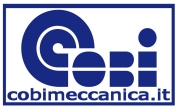

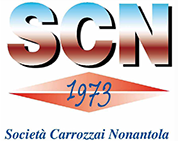

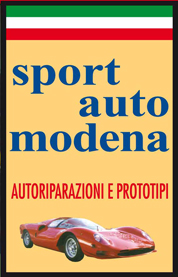

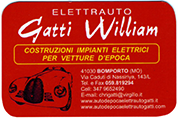


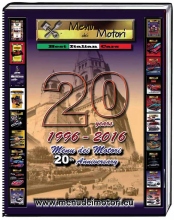 History of "Menu dei Motori"
History of "Menu dei Motori"
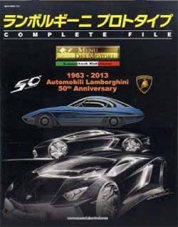
 DESIGN PROJECT
DESIGN PROJECT UNIVERSITA' DI MODENA
UNIVERSITA' DI MODENA

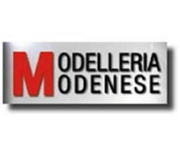



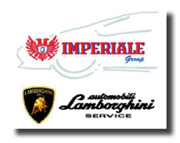
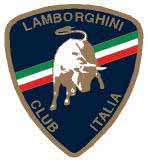
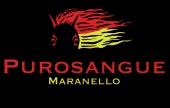
Comments
Nessun commento presente
Add Comment